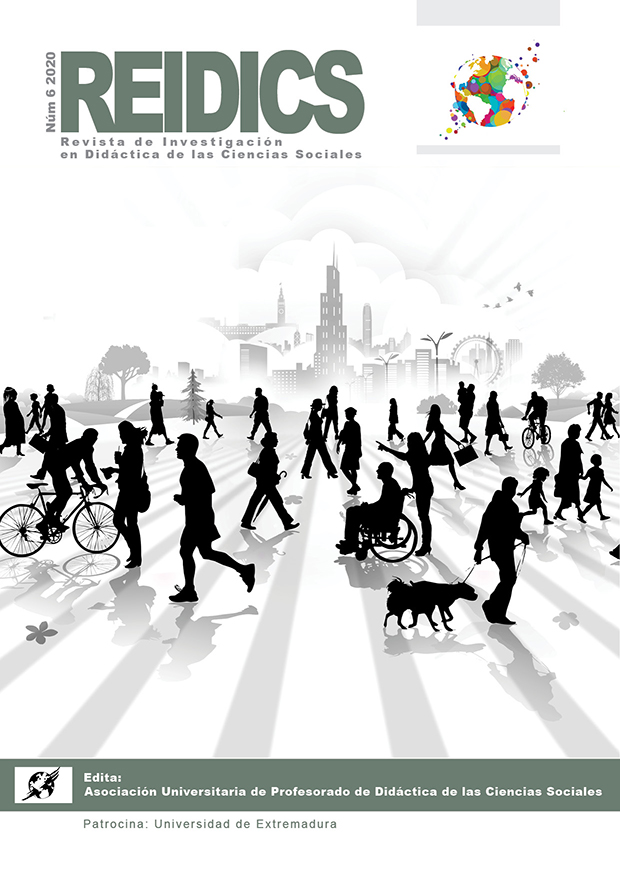Do we really understand and learn in museum visits? The reality from Bologna, Italy
DOI:
https://doi.org/10.17398/10.17398/2531-0968.06.144Keywords:
museums, Informal education, education and culture, interactive communication, educative technologyAbstract
Every museum or heritage has a message (or history) and that it intends to transmit through its expository exercise, for this purpose it uses different channels. However, this message is not always perceived by the public and therefore it is impossible for a teaching-learning process to occur during the visit, therefore, it is necessary to identify (tune in) and use these channels or instruments of communication for an effective educommunication (Aparici, 2012) during the visit. This article presents an investigation in which a tool (questionnaire) was developed and validated whose sole and real objective was to evaluate how the bidirectional communication process is (museum-visitor and visitor-museum). It was carried out in the Italian city of Bologna, for the more than verified quantity, quality and variety of museums it houses. The results are certainly interesting, on the one hand it showed how museums are the institutions responsible for breaking the communicative ice and that they have to be responsible for optimizing communication channels and, on the other hand, showed how visitors to these institutions, their audience, give clues as to how the new communication systems are, how they use them and what is expected of them.
Downloads
Published
Issue
Section
License
Aquellos autores/as que tengan publicaciones con esta revista, aceptan los términos siguientes:
- Los autores/as conservarán sus derechos de autoría y garantizarán a la revista el derecho de primera publicación de su obra, el cual estará simultáneamente sujeto a la Licencia de reconocimiento de Creative Commons 4.0 BY-NC-SA que permite a terceros compartir la obra siempre que se indique su autor y su primera publicación en esta revista.
- Los autores/as podrán adoptar otros acuerdos de licencia no exclusiva de distribución de la versión de la obra publicada (p. ej.: depositarla en un archivo telemático institucional o publicarla en un volumen monográfico) siempre que se indique la publicación inicial en esta revista.
- Se permite y recomienda a los autores/as difundir su obra a través de Internet (p. ej.: en archivos telemáticos institucionales o en su página web) antes y durante el proceso de envío, lo cual puede producir intercambios interesantes y aumentar las citas de la obra publicada. (Véase El efecto del acceso abierto).
- Los autores y autoras han respetado la política de autoría de esta revista.




